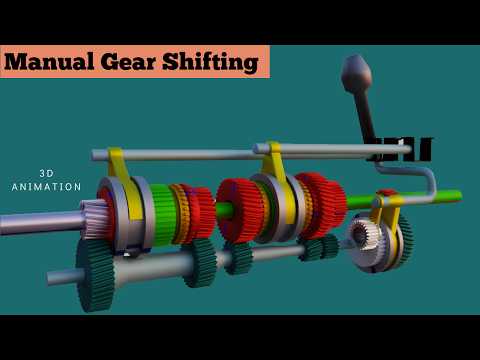

**A Beginner’s Handbook for Suspension Tuning: Upgrading Stock Vehicles for Street Driving**
Suspension tuning is an essential element of modifying a vehicle for better street performance. While stock vehicles are engineered to balance comfort and handling, car enthusiasts frequently look to boost their car’s performance by modifying the suspension system. This handbook will guide beginners through the fundamentals of suspension tuning, emphasizing key parts and factors for converting a stock vehicle into a street-optimized machine.
**Grasping Suspension Fundamentals**
The suspension system of a vehicle is key to maintaining tire contact with the pavement, absorbing impacts, and ensuring stability and control. It comprises several components, including springs, dampers (shocks), anti-roll bars, and control arms. Each component has a significant impact on the vehicle’s handling qualities.
1. **Springs**: Springs carry the vehicle’s weight and dictate ride height. They are available in various forms, such as coil springs, leaf springs, and torsion bars. For street applications, lowering springs are favored as they decrease ride height, lower the center of gravity, and enhance handling.
2. **Dampers (Shocks)**: Dampers regulate how quickly the springs compress and rebound. Upgrading to high-performance dampers can improve ride quality and handling by providing superior control over body movements.
3. **Anti-Roll Bars**: Also referred to as sway bars, these parts lessen body roll during turns. Thicker anti-roll bars can enhance handling by keeping the vehicle more stable during cornering.
4. **Control Arms**: These connect the suspension to the chassis and permit movement. Enhanced control arms can optimize alignment settings and suspension geometry.
**Steps for Tuning Suspension for Street Driving**
1. **Establish Objectives**: Identify what you aim to accomplish with your suspension tuning. Are you after a sportier sensation, improved cornering, or enhanced ride comfort? Defining clear objectives will shape your modifications.
2. **Investigate and Plan**: Recognize the specific requirements of your vehicle. Explore aftermarket components that fit your car model and check reviews from fellow enthusiasts.
3. **Upgrade Springs and Dampers**: Begin by installing lowering springs and performance dampers. This combination is typically the initial step toward better handling and reduced body roll.
4. **Modify Anti-Roll Bars**: If your vehicle shows considerable body roll, think about upgrading to thicker anti-roll bars. Adjustable options facilitate tuning based on driving preferences.
5. **Refine Alignment**: Proper wheel alignment is vital for optimal handling. Consider opting for a performance alignment that adjusts camber, caster, and toe settings tailored to your driving style.
6. **Test and Modify**: Once modifications are made, evaluate your vehicle in a secure environment. Focus on handling traits and adjust as necessary. Fine-tuning may include modifying damper settings or anti-roll bar stiffness.
**Considerations for Street Driving**
– **Comfort vs. Performance**: Achieving a balance between comfort and performance is crucial for street driving. While firmer setups enhance handling, they may also result in a rougher ride.
– **Legal and Safety Standards**: Verify that all modifications adhere to local laws and regulations. Safety should always take precedence, so consider consulting with experts if uncertain about any modifications.
– **Budget**: Suspension tuning can vary in cost from reasonable to pricey. Set a budget and focus on modifications that provide the most notable improvements for your needs.
**Final Thoughts**
Suspension tuning is an exhilarating method to boost the performance of a stock vehicle for street driving. By comprehending the fundamentals of suspension components and executing informed modifications, beginners can convert their cars into more responsive and enjoyable rides. Always prioritize safety and comfort while striving for the desired performance enhancements.






